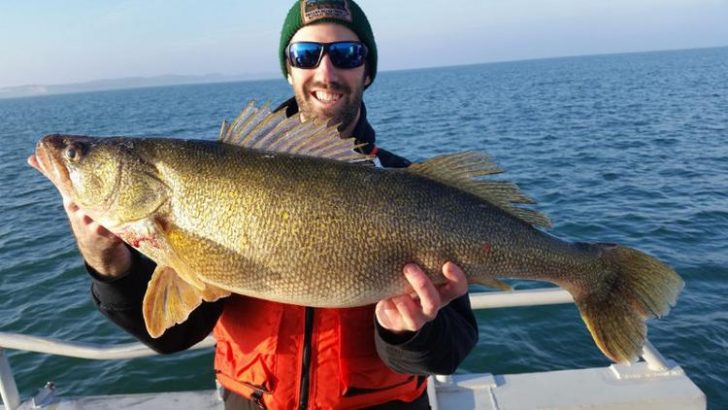
The Great Lakes are a critical component of the regional economy on both sides of the border. The Great Lakes are important sources of drinking water, irrigation, transportation, and recreation opportunities such as fishing, hunting, boating, and wildlife watching.

Today more than 35 million people live in the Great Lakes basin in Canada and the United States. It wasn't long before more settlers were drawn to the region seeking farmland. The first Europeans arrived in the 1600s and began to utilize the region for animal furs. The Great Lakes region has been home to Native Americans for nearly 10,000 years. Millions of migratory birds pass through the region during their spring and fall migrations.

The lakes themselves are home to numerous fish, including lake whitefish, walleye, muskellunge, and trout.

The Great Lakes watershed includes some of North America's more fascinating wildlife, such as the gray wolf, Canada lynx, moose, and bald eagle. The Great Lakes have over 10,000 miles (16,000 kilometers) of shoreline and serve as a drain for more than 200,000 square miles of land, ranging from forested areas to agricultural lands, cities, and suburbs. The Great Lakes-Michigan, Superior, Huron, Erie, and Ontario-form the largest-surface freshwater system in the world, together holding nearly one-fifth of the Earth's surface freshwater.


 0 kommentar(er)
0 kommentar(er)
